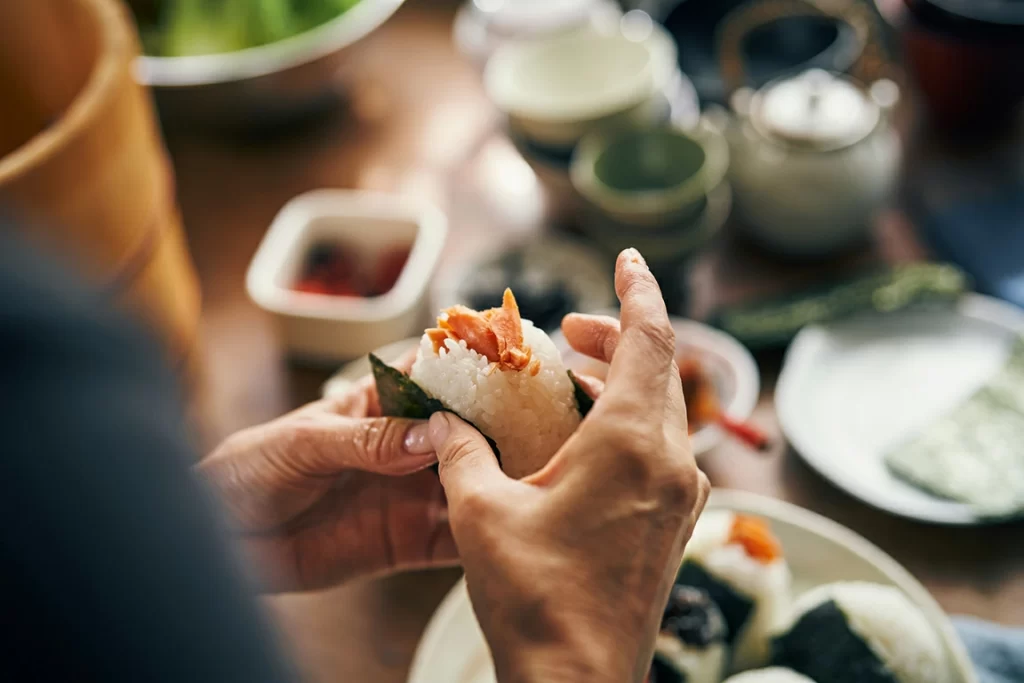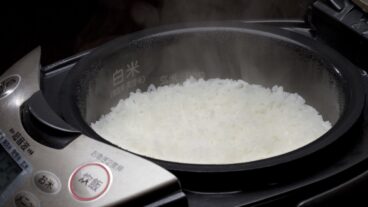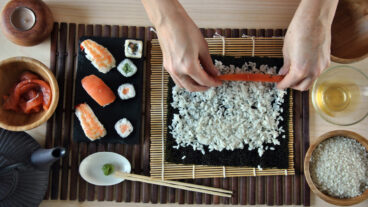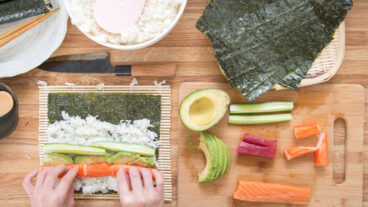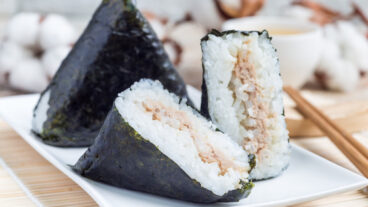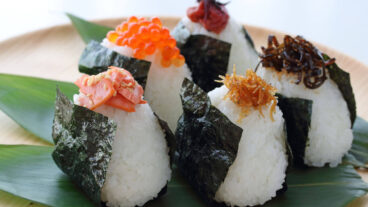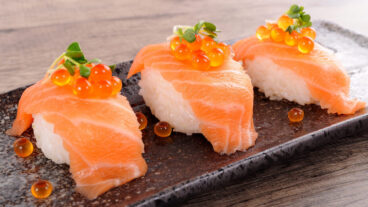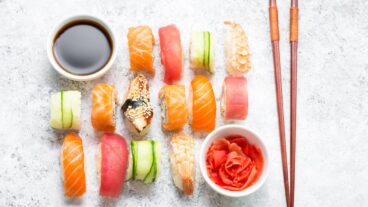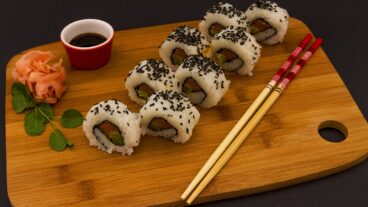Onigiri: The Rich History and Delightful Joys of Japanese Rice Balls
Let us take you on a journey through Japanese cuisine and introduce you to onigiri which stands tall as a beloved culinary treasure. These rice balls are absolutely delicious, crafted with the utmost care and bursting with flavors and have been a part of Japanese gastronomy for centuries. Rooted in tradition and cherished by generations and a personal favorite of mine, onigiri continues to captivate taste buds worldwide. Join us on a delightful journey as we explore the rich history, cultural significance, and sheer joy of savoring these delightful treats.
Quick Navigation
The Origins of Onigiri
Onigiri traces its origins back to ancient Japan, where it emerged as a simple and convenient meal option. The basic concept of forming rice into portable, hand-held shapes can be dated back to the 8th century. Onigiri, also known as omusubi, gained popularity during the Heian period (794-1185), evolving from a practical food staple to a culinary art form that celebrated regional flavors and cultural diversity.
The Art of Onigiri Crafting
Crafting onigiri is an art that requires precision and skill. Traditionally, cooked rice is gently shaped by hand into various forms, such as triangles, balls, or cylinders. The delicate balance of rice texture, moisture, and seasoning is crucial to creating the perfect onigiri. While onigiri can be enjoyed plain, they are often filled with mouthwatering ingredients like pickled plums (umeboshi), grilled salmon (sake), or savory seaweed (nori).
Cultural Significance of Onigiri
Onigiri holds a special place in Japanese culture and daily life. These humble rice balls have been a reliable companion for travelers, students, and workers seeking a portable and satisfying meal. Onigiri is often associated with memories of childhood, family picnics, and festive occasions. Its simplicity and versatility make it an essential component of Japanese bento boxes and a symbol of comfort and nostalgia.
Onigiri Varieties Across Japan
As onigiri spread throughout Japan, different regions developed their unique onigiri styles, reflecting local ingredients and culinary traditions. In Tokyo, you’ll find triangular onigiri with various fillings, while in Kyoto, traditional round-shaped onigiri called “musubi” are preferred. From Hokkaido to Okinawa, each region showcases its distinctive flavors, such as mentaiko (spicy cod roe) in Fukuoka and shirasu (baby sardines) in Kanagawa.
Savoring the Joys of Onigiri
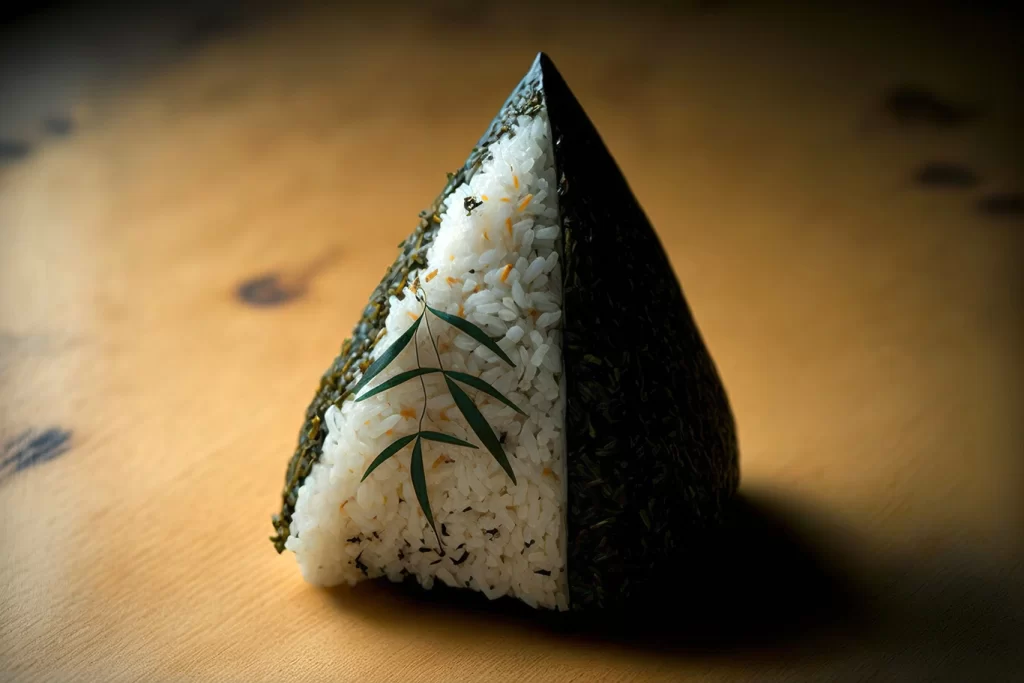
The sheer pleasure of biting into a well-crafted onigiri is an experience like no other. The soft, slightly sticky rice blends harmoniously with the flavorful fillings, creating a medley of tastes and textures in each bite. The contrasting crunch of the nori, the tanginess of pickled plums, or the umami-richness of grilled fish make every onigiri a delightful treat for the taste buds. Whether enjoyed on the go, at a picnic, or as a quick snack, onigiri brings satisfaction and comfort.
Modern Innovations for dining
As onigiri evolves with the changing times, modern variations and innovative twists have emerged. Creative chefs experiment with fusion flavors, incorporating ingredients like teriyaki chicken, spicy tuna, or even avocado. In Japan, convenience stores offer an array of pre-packaged onigiri, providing a quick and convenient option for busy individuals seeking a tasty meal on the run. These adaptations keep the spirit of onigiri alive while catering to contemporary tastes.
Embrace the Experience
To truly appreciate the wonders of onigiri, it’s essential to embark on an onigiri adventure. Experiment with different fillings and shapes, allowing your palate to explore the myriad of flavors. Delve into local specialty shops or food stalls in Japan, where skilled artisans craft onigiri with love and passion. Alternatively, channel your inner chef and try making onigiri at home, savoring the satisfaction of creating these edible works of art.
Experimenting with Flavors
Onigiri is quite adaptable and may be eaten with a variety of accompaniments. To round up the dinner, serve with a refreshing side of miso soup, a crisp salad, or some crunchy pickles. Pair onigiri with Japanese-style fried chicken (karaage) or tempura for a more substantial meal. The interaction of textures and flavors offers a well-rounded eating experience, allowing you to appreciate the harmonic interplay of many components of Japanese cuisine.
In Retrospect
Onigiri, with its rich history, cultural significance, and diverse flavors, embodies the essence of Japanese cuisine. From its humble origins to its modern adaptations, onigiri continues to captivate the hearts and taste buds of people worldwide. Let us embrace the joys of onigiri, celebrating its simplicity, versatility, and the unique culinary experiences it offers. So, take a bite of this delightful rice ball, and allow onigiri to transport you to the vibrant world of Japanese gastronomy.
Investing in an Onigiri Machine
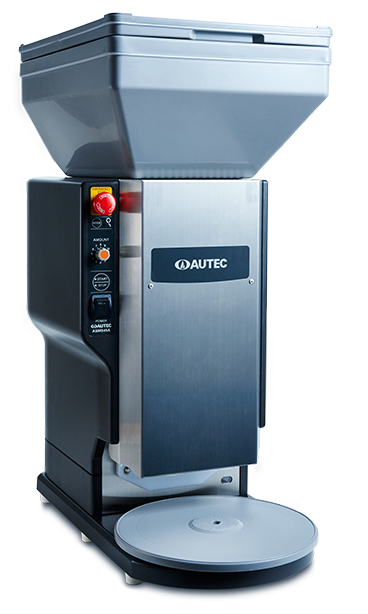
If you have stayed with us so far and are interested in starting your own Onigiri business, look no further than Top Sushi. Our specialists can help guide you through your requirements and help you find the best sushi machine for your individual needs. Feel free to browse our onigiri machine and sushi machine listing to learn more! Alternatively, you can also contact us with your query!
Happy snacking!

